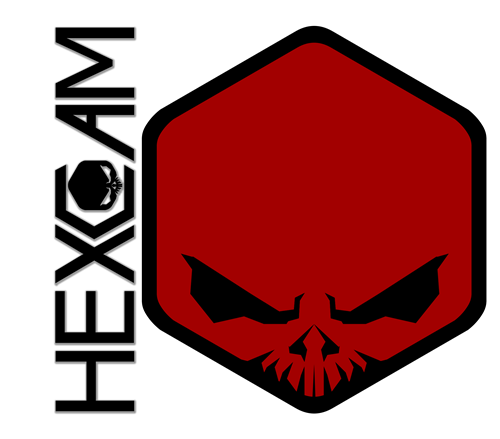Your Cart is Empty
products
Services
wholesale
get inspired
Are you a creator of outdoor gear or daily essentials like clothes and backpacks?
See other projects and hear about the latest release on our Instagram. Add your projectSHARE YOUR PROJECT
Share your projects, get inspired by others, and connect with fellow creators
Join our community of over 80,000+ makers by submitting your project!Submit your project.
featured projects
Check out the projects our clients did with us. Lets share our adventures together!
























